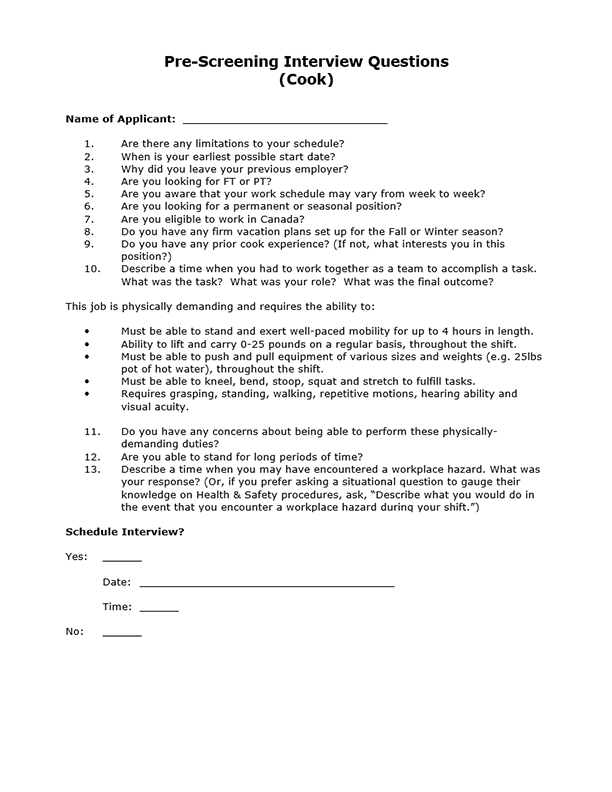GENERAL INTRODUCTION INTO THE COMPANY; EXPLAIN THE COMPANY’S MISSION, VALUES AND POLICIES
If your company is adamant about providing exceptional customer service or is passionate about teamwork, then the orientation program can ensure that this message is provided in a consistent way to all new hires.
- Culture (Company background)
- Values
- Vision/Mission
- Policies
BEFORE THE NEW HIRE’S FIRST DAY ON THE JOB
- When and where to arrive
- Where to park
- Whom to report to
- Let other staff know new employee is starting
- Work station, office materials or other equipment are ready
- Computer and telephone access are prepared or scheduled
DEPARTMENTAL, JOB-SPECIFIC ORIENTATION
Fundamentals
- Explain hours of work/shift
- Pay Days
- Grooming & dress code
- Vacation time
- Sick leave
- Breaks
- Explain training procedures & expectations
- Explain performance evaluation
- Employee Handbook
Welcome your new employees
- Warm welcome
- Introduce the new employee to all key staff
- Introduce the new employee to everyone with whom the new hire will be working over the course of a shift
- Illustrate the “big picture,” how each position relates to the others on the team
- Demonstrate how the team relates to other departments or areas of the operation
- If possible, the owner, CEO or other senior executive should also meet with the employee
- Share your company’s vision, mission and values as well as its history
- Assign your new hire a “buddy” who can answer simple procedural questions later.
The basics
- Point out the location of the washroom
- Point out the location of the lunchroom
- Give a quick tour of the facilities
- Show your new hire where to store personal belongings
- Point out the break-room or where to take breaks
Company policies and standards
- Review your policy on Internet and telephone usage on company time
- Smoking policy
- Discipline
- Theft
- Absenteeism
- Harassment and bullying free workplace
- Upgrades and on-the-job training
- Overtime practice
- Personal use of equipment and supplies
- Promotions and job postings
- Collective agreement
- Informal and formal grievance procedures
- Training
Workplace security, safety and emergency procedures
- How to lock up
- How to call for help
- How to deal with a threatening employee or customer
- Fire procedures
- Personal safety procedures
- Reporting accidents
- First aid room/resources
- COVID-19 Health & Safety Plan
- COVID-19 Health &Safety protocols, procedures and policies
- Personal protective equipment
- Some companies also provide basic training (such as WHIMIS and safety procedures) at this time
Complete all paperwork
- Have new hire sign up for company’s benefit programs
- Have new hire complete all payroll forms
- Explain when, how and what they get paid
- If a union represents the new employee, there is often a component of the program that has the union representative talk explain the requirements and benefits of union membership
Set job and company expectations
- Probationary period and performance-appraisal time
- Review the job description, pointing out what’s expected in regards to:
- Major duties and responsibilities
- Performance standards
- Hours
- Staff meetings
- Workload
- Training
- Pay particular attention to sharing your customer service philosophy
Begin the training program
- On the first day, provide preliminary training, whether it’s how to run the cash register or how to handle phone calls
- Explain that you’ll offer ongoing training in the days ahead—whether it’s mentoring one-on-one or attending a training session
Return to top


